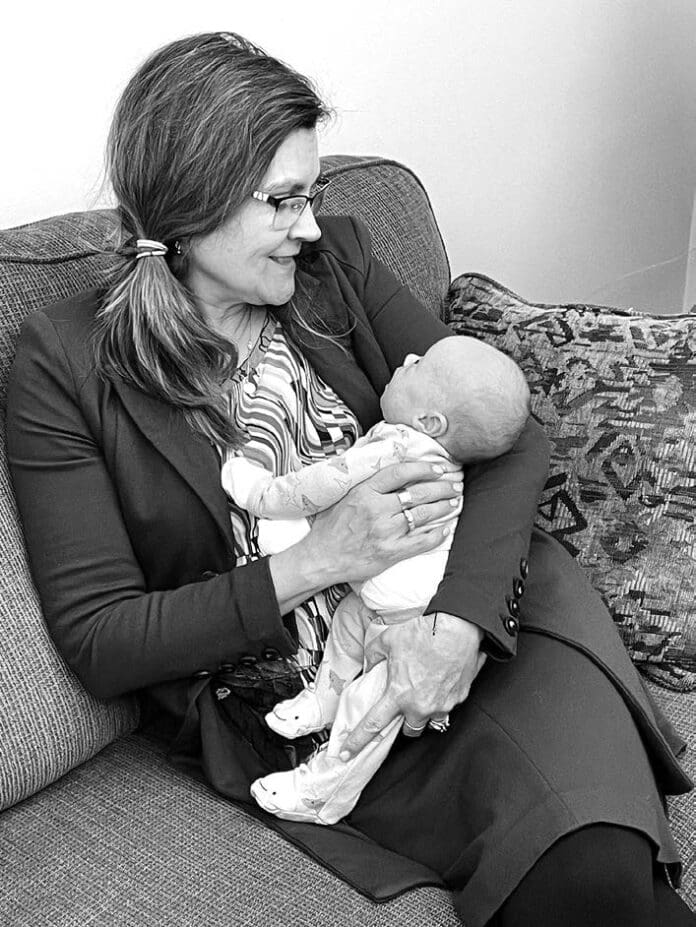The 2023 legislative session started with a $17.5 billion surplus, which the majority party spent in just five months. At the same time, Lake and St. Louis Counties, along with Greater Minnesota, saw a 50% decrease in family childcare providers. Private childcare centers in Greater Minnesota remained virtually unchanged, but many communities have very few or no private childcare centers.
Serving on the Children & Families Committee allowed me to travel throughout our district and state, listening to childcare providers and families about the challenges they face. On June 18, 2024, the Star Tribune published an article titled “Family Childcare Providers ‘Panic’ Over Minnesota’s Proposed Licensing Rules,” which addressed a draft of new rules for family childcare providers. This comes at a time when we cannot afford additional losses in childcare options.
I was shocked by the proposed mandates. Our sons attended a family childcare provider on Lakewood Road when I was a Nursing Home Administrator in Two Harbors from 1997-2001. It was a fantastic model with outdoor space, gardens, and nature trails. The proposed rules would drastically change the experiences that benefited our young sons.
The new rules include potential water and bare soil testing by a national EPA-recognized lab, prohibitions on pet hair, air fresheners, and music or white noise machines for sleeping babies unless directly supervised. During my tours of family childcare providers, many commented on the absurdity of these mandates and the additional expenses they would incur. One provider asked, “Which soil will I test on a 40-acre property we use for trail walks with the kids since I operate a nature-based family childcare?”
Center-based childcare providers in our communities are equally frustrated with the proposed 81 page licensing standards by the Minnesota Department of Human Services. These standards include unrealistic mandates like the frequency of cleaning toys and restrictions on cleaning products, including prohibiting air fresheners. As a working mom, my sons benefited from programs in center-based childcare, and both of those programs have since closed.
While protecting children is essential, heavy-handed government mandates will force more providers to close, pushing more families out of the workforce at a time when businesses are struggling to find employees. These mandates increase the cost of operating childcare, and these costs are passed on to families. This results in a lose-lose situation where both families and providers suffer. The key to successful childcare is having enough providers, reasonable regulations to keep their businesses open, and affordable costs for parents.
Excessive childcare mandates mirror the trajectory of excessive mandates in education and nursing homes. Unfunded government mandates lead to budget cuts, layoffs, and closures. History shows this cause and effect clearly, and I am determined to prevent childcare from following the same path.
With a $17.5 billion surplus, the funds existed to address the childcare problem. Instead, resources were allocated to grow government in St. Paul, including creating a new Children & Family Department costing $34 million. None of this money will lower childcare costs or alleviate heavy-handed mandates. This is a historic disappointment for families who need to work and for businesses desperate for employees in essential services like public safety, healthcare, and disability support.
While the bills I wrote to help childcare centers and family childcare providers in Greater Minnesota were not granted hearings in the Children & Families Committee, I will continue to advocate for meaningful change. Parents need options and flexibility in choosing childcare, including family-based, center-based, and school-based programs. Regulations should support all three, not elevate one at the expense of others.
Affordable childcare is crucial. When I used childcare decades ago, it cost 10% of our income. Today, families may pay 20% or more, with many advocating for a 7% cap. The $17.5 billion surplus could have funded solutions, but it was spent elsewhere, eliminating that pathway.
Adding more mandates is not the answer. Childcare providers understand reasonable standards if simply asked. The pathway forward must include child safety, affordability, developmentally appropriate learning, and ample playtime for children. I led numerous forums with childcare providers during my first term and will continue to listen, learn, and lead a supportive family, center, and school-based programs in our communities.



